7 Influential People on Environmental Advocacy in the Beauty Industry
Read the following in the voice of Saturday Night Live’s Debbie Downer: Did you know that millions of metric tons of plastic waste enter the ocean every year, and much of it is from packaging? That the temperatures of the seas have risen, the polar ice caps have shrunk, and “extreme weather events” (aka whole neighborhoods being engulfed by six feet of water or going up in literal flames) are more likely due to massive amounts of greenhouse gases produced by humans? Womp, womp.
Now read this in the calming, majestic voice of Morgan Freeman: But there is hope for humans. And much of that hope can be seen in the actions of the people you’ll meet here. They’re proof that righting all of those wrongs is not going to happen as a result of a sweeping initiative. Instead, we need to tackle issues at every level. We might each be one person, but if we commit to making a difference and using our voices, we can all become instruments of change.

The Scientist
Monique Simmonds, Kew Royal Botanical Gardens Because protecting the planet means protecting the plants (including the ones in your favorite shampoo). We’re regularly urged to eat a plant-based diet for our health and the environment. A plant-heavy beauty routine is a great thing, too — but we need to make sure those botanicals are coming from the right place. Enter: the Kew Royal Botanical Gardens, global epicenter of all things plants. This biodiverse Eden, 30 minutes outside of London, is home to the world’s largest collection of wild plant DNA and tissue. Monique Simmonds, its deputy director of science, has made the study of plant chemistry and fungi her life’s work. Her research has been employed by conservationists as well as cosmetics companies, most recently Herbal Essences, which partnered with Kew to verify the ingredients in its Bio:Renew line — ingredients like the hair-smoothing antioxidant histidine. Simmonds works to ensure that each plant is farmed responsibly. So in this case, she asked: Where do you get your histidine from? “Because histidine only occurs in small amounts in the roots of some plants,” Simmonds says. For the Bio:Renew line, the answer was fermented corn, of which there is no shortage, and which uses by-products from the food industry — something Simmonds is optimistic will happen more often: “Companies that use plant ingredients want to do it right.” But the real drivers, she says, will be the consumers who hold companies accountable and buy purposefully. How so? Look for brands that talk about where their ingredients come from and be wary of ones that highlight a plant ingredient as being exotically rare (where there’s the potential they could be more easily depleted).
Young beautiful woman
Vasilina PopovaThe Adviser
Erin Craig, 3Degrees Because we need the big guys to get with the program. It’s one thing to create more sustainable personal-care products. But how to help larger businesses take larger action? That’s Erin Craig’s job. As the vice president of the energy and climate practice for 3Degrees, headquartered in San Francisco, Craig helps companies reduce their carbon emissions. “Almost all the companies we work with, from data centers to fashion retailers, are changing the way they buy electricity to purposefully incorporate more renewable energy,” she says. “Increasing renewable energy is possible and a great place to start.”83 percent of millennials believe business success should be measured by more than profits.Sustainability is also more valuable for businesses. Craig argues that renewable energy is not as expensive as previously thought: For example, in midland United States, we have widespread solar resources that are cost-effective to deploy across the South and West. And solar generation panels have gotten far more affordable. On a related note, companies are being held accountable for their social responsibility. In fact, according to one recent survey, 83 percent of millennials believe that business success should be measured by more than profits, and by the positive impact companies make on society and the environment.
The Producer
Brianne West, Ethique Because we need to be smart about the product and its package. As a beauty-loving biochemist, Brianne West quickly realized the products in her bathroom were unnecessarily made of water. “Cosmetic chemists call [water] ‘profit-making liquid.’ It’s essentially free,” she says. “Conditioner is probably the worst offender — it’s about 90 percent water compared to 60 percent in shampoo. You’re shipping a plastic or glass bottle that contains mostly water around the world, around the country, which is a large carbon footprint on top of that waste.” So West created Ethique, a company that concentrates shampoos and lotions (among other things) into a solid bar that is placed in minimal recycled-cardboard packaging that’s also compostable. Of course, as a business owner, West is acutely aware that the point of a business is to turn a profit. “What I want to demonstrate is that it is possible to be profitable and sustainable in one company.” (New Zealand–based Ethique is in the black and saw its biggest growth in the past two years.) But how to justify the flight these bars have to take to get to America? West argues it’s still a better deal than something you might pick up at the local grocery. “Because you get more uses out of a shampoo bar, which is lighter, the cost per use for a carbon-footprint basis is still significantly lower — even if you ship it from New Zealand — than if you buy something from a supermarket.”The Advocate
Sonya Lunder, Sierra Club Because you should never underestimate online activists and grassroots campaigns. There is power in numbers. And the Sierra Club, with its 3.5 million members and supporters, galvanizes them through campaigns and organized lobbying for sustainability and environmental change. As Sonya Lunder, senior toxics adviser for the organization’s Gender, Equity & Environment program, explains, “Generally, we’re thinking about changing the laws at the state, national, and even the local level.” But that doesn’t mean every change has to go through Congress.89,333 people and counting have signed the Sierra club’s online petition to support the Green new deal.“With online activism, suddenly that loop is closing and an individual person can communicate directly with a company and say, ‘We’re watching you,’ ” says Lunder. “With Twitter and online organizing, so many more people can participate and petition and put them on action. People can alter purchasing practices in their school district or in their city. Actions can pressure a retailer to change the way something is packaged or to change the products they sell.” See suggestions on sierraclub.org, which has a petition to eliminate plastic bags at Safeway and Albertsons as well as instructions on how to call your senator and ask them to support the Green New Deal (more on that next).


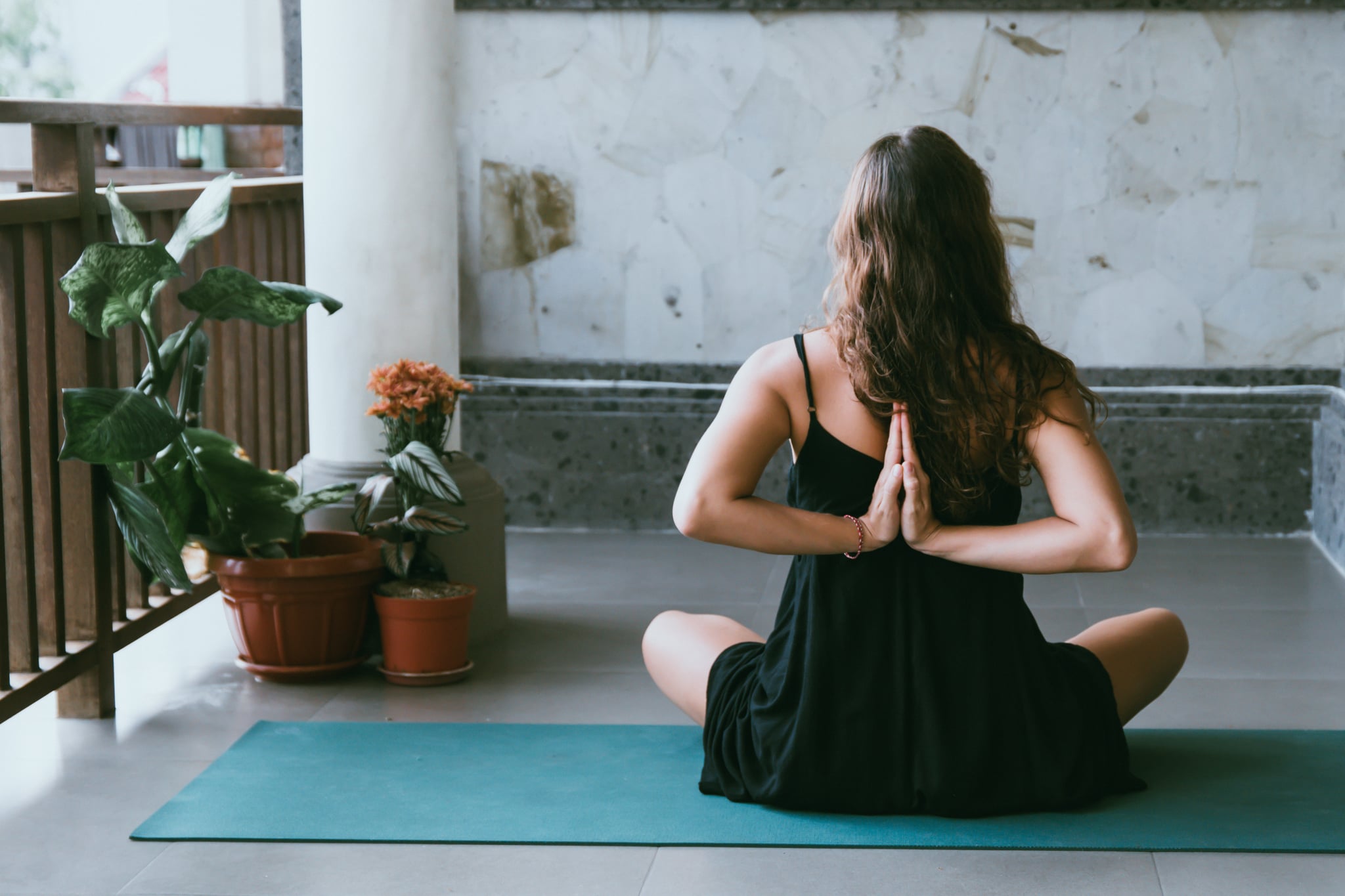

 REN says it plans to be 'Zero Waste' by 2021
REN says it plans to be 'Zero Waste' by 2021
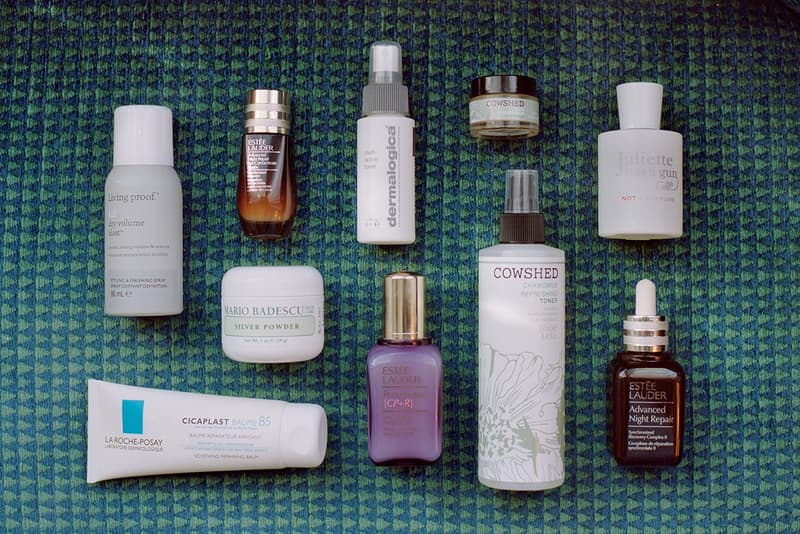
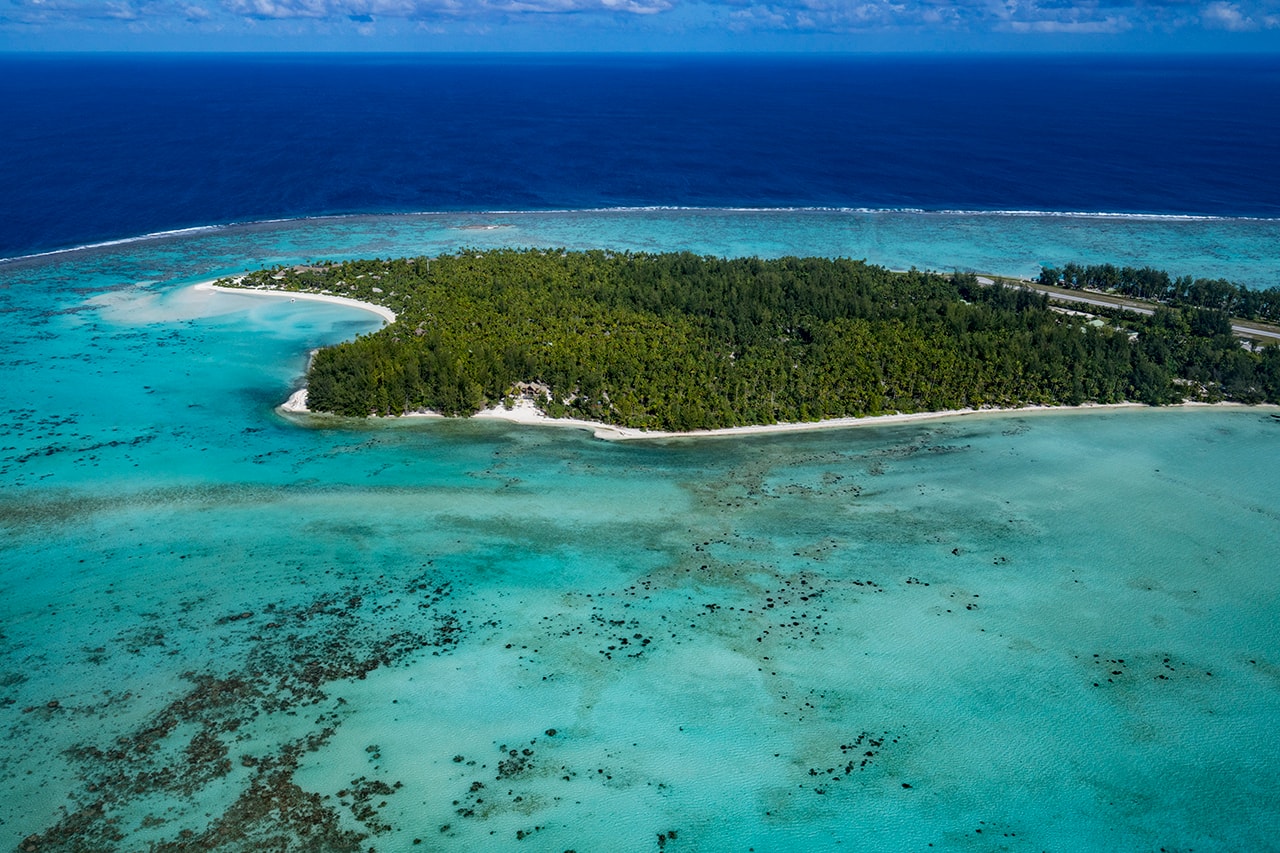 ALEXIS ROSENFELD/GETTY IMAGES
ALEXIS ROSENFELD/GETTY IMAGES
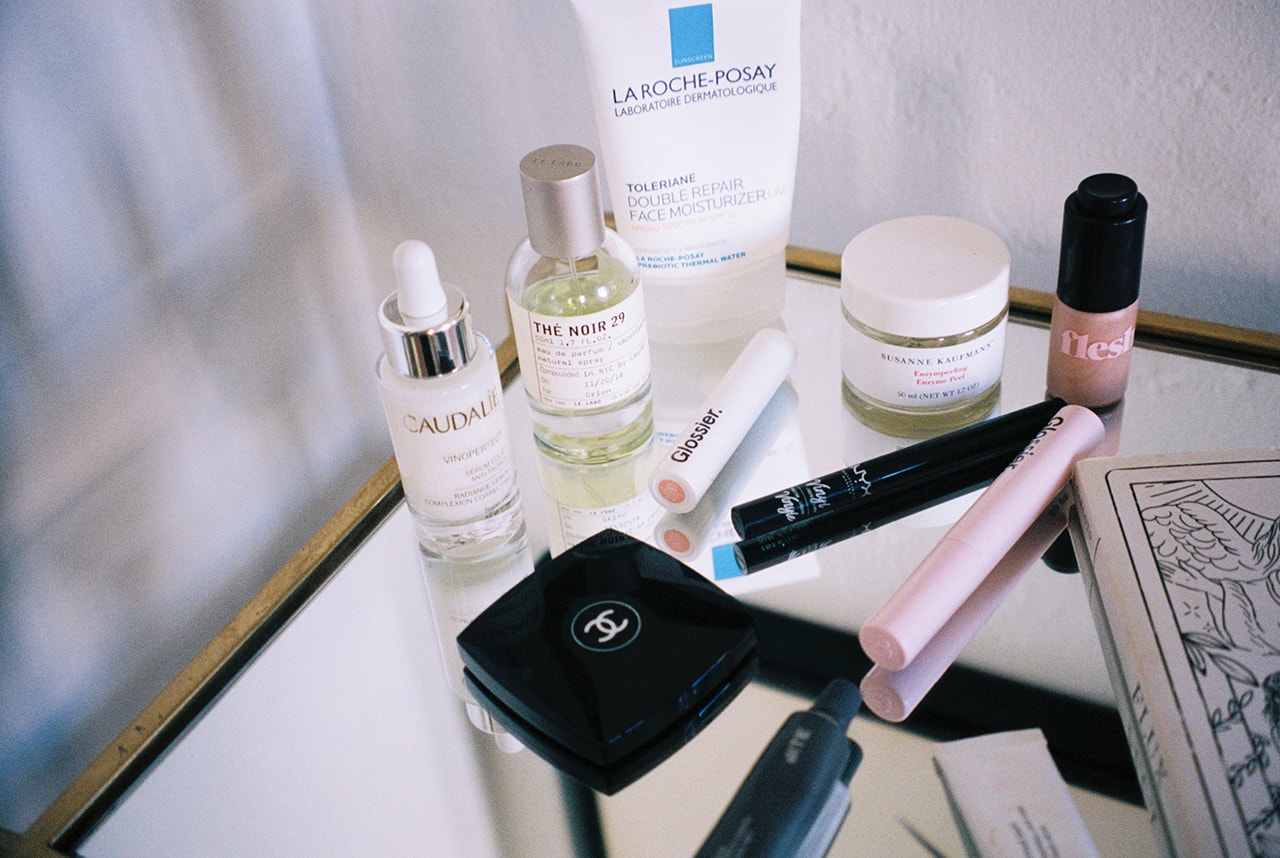 HANNA LA SALVIA/HYPEBAE
HANNA LA SALVIA/HYPEBAE
 DARREN LUK/HYPEBAE
DARREN LUK/HYPEBAE
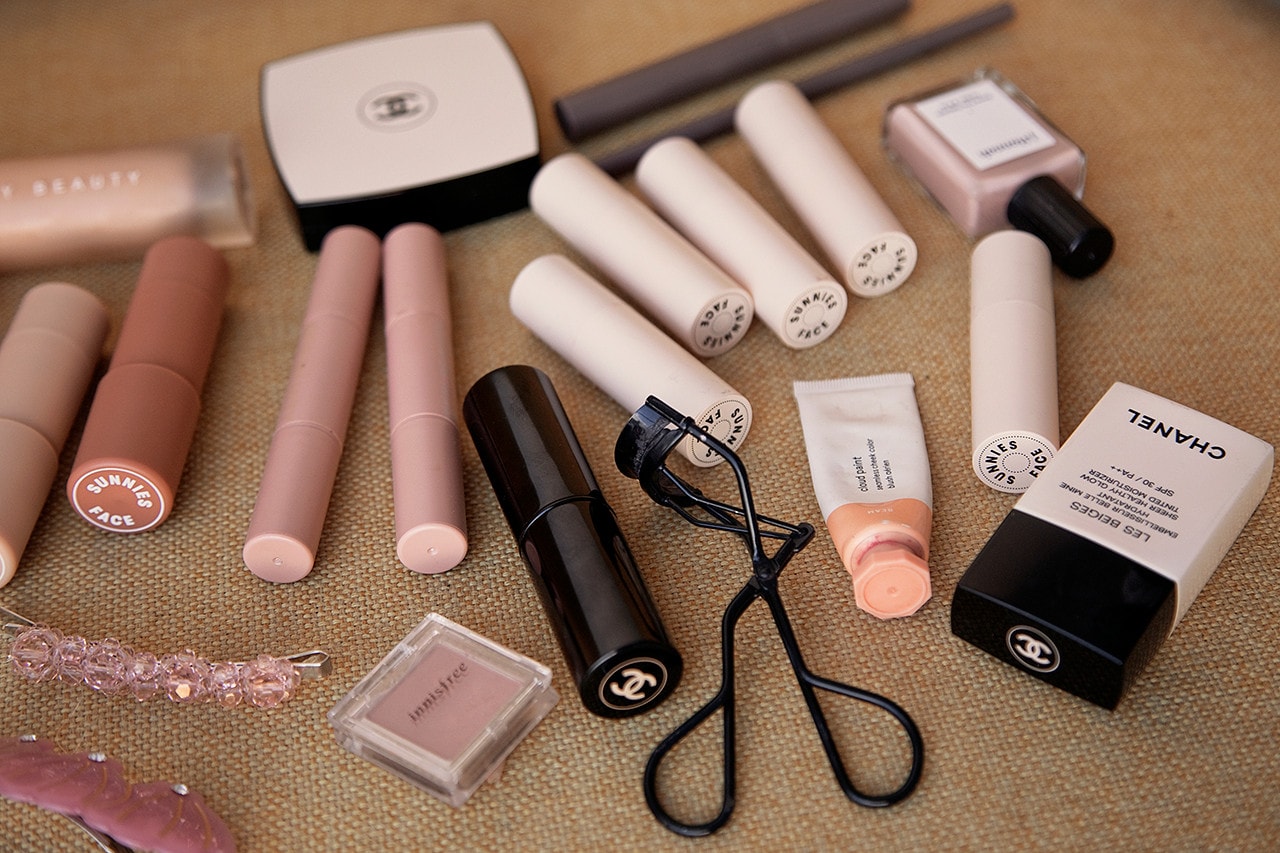 DARREN LUK/HYPEBAE
DARREN LUK/HYPEBAE
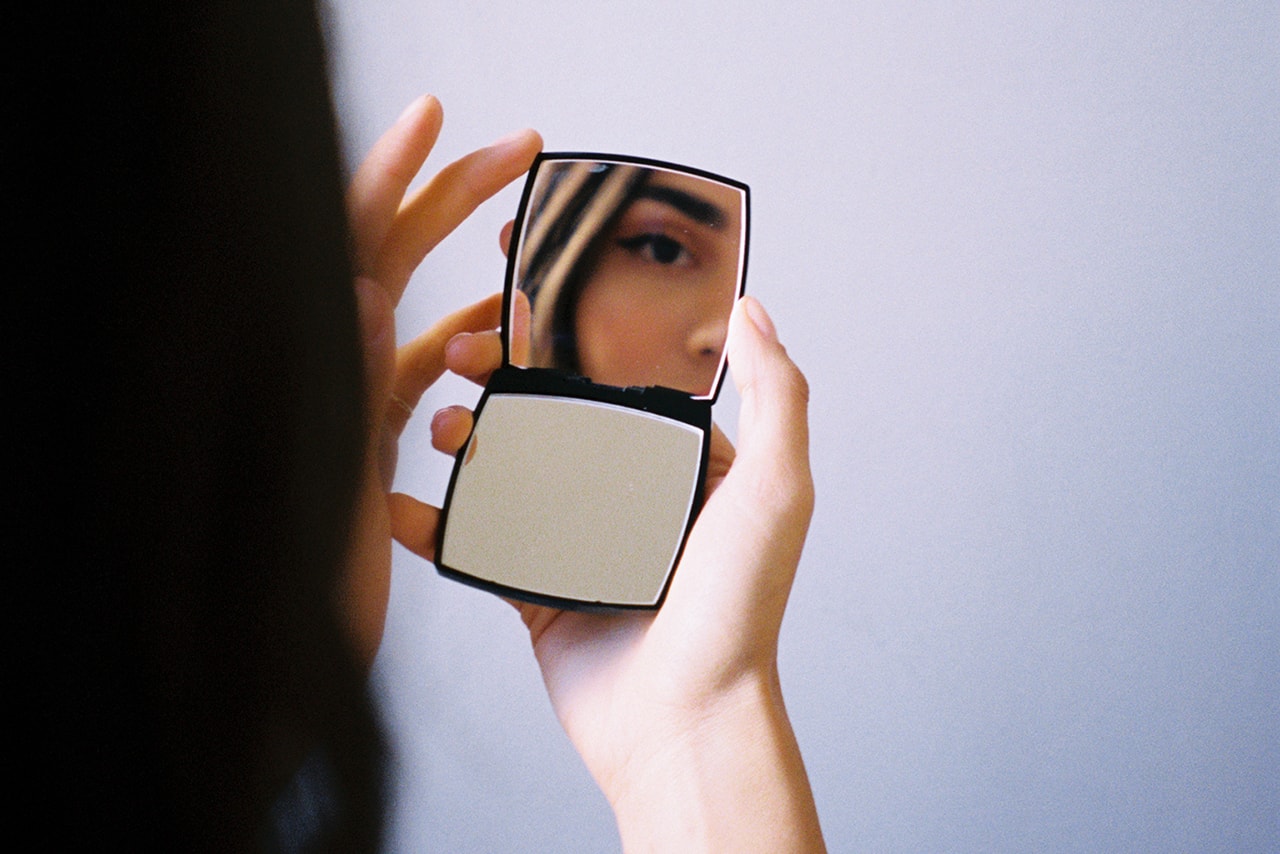 HANNA LA SALVIA/HYPEBAE
HANNA LA SALVIA/HYPEBAE
 MAXIME CARDOL/HYPEBAE
MAXIME CARDOL/HYPEBAE
 We really do wish we could be the type of citizen who lives a
We really do wish we could be the type of citizen who lives a  Swap Out Aerosol Sprays
After researchers found that chlorofluorocarbons were hacking away at the ozone layer, legislators required that product manufacturers remove the dangerous chemicals from hairsprays, deodorants, room fresheners, and more. That was more than 30 years ago. But taking CFCs out of aerosols didn’t exactly make them environmentally friendly, because our dry shampoos and canned volumizers still need compressed gases or hydrocarbons to do their thing. And once these elements are released in the air, our collective carbon footprint gets bigger.
There’s even more not to love about aerosols: They emit volatile organic compounds (or VOCs), chemicals that contain carbon and vaporize in the air, and then we breathe them in. These chemicals, along with nitrogen oxides, are responsible for ground-level smog on hot, sunny days, smog which
Swap Out Aerosol Sprays
After researchers found that chlorofluorocarbons were hacking away at the ozone layer, legislators required that product manufacturers remove the dangerous chemicals from hairsprays, deodorants, room fresheners, and more. That was more than 30 years ago. But taking CFCs out of aerosols didn’t exactly make them environmentally friendly, because our dry shampoos and canned volumizers still need compressed gases or hydrocarbons to do their thing. And once these elements are released in the air, our collective carbon footprint gets bigger.
There’s even more not to love about aerosols: They emit volatile organic compounds (or VOCs), chemicals that contain carbon and vaporize in the air, and then we breathe them in. These chemicals, along with nitrogen oxides, are responsible for ground-level smog on hot, sunny days, smog which  Switch Your Sunscreen To Save Coral
Ask any derm, cosmetic chemist, or skin-care brand: Sunscreen is one of the trickiest items to make and get right. First, there’s the FDA to contend with. And unlike many other skin-care products, we can almost instantly tell whether it works or not — and it has to work. It must also apply smoothly, not leave a chalky residue, emit no funny scent, and, for some, have good-for-you ingredients.
Now, there’s another vital characteristic a sunscreen must have to pass muster for anyone that gives a shit about the oceans: It must be oxybenzone-free. Because according to a
Switch Your Sunscreen To Save Coral
Ask any derm, cosmetic chemist, or skin-care brand: Sunscreen is one of the trickiest items to make and get right. First, there’s the FDA to contend with. And unlike many other skin-care products, we can almost instantly tell whether it works or not — and it has to work. It must also apply smoothly, not leave a chalky residue, emit no funny scent, and, for some, have good-for-you ingredients.
Now, there’s another vital characteristic a sunscreen must have to pass muster for anyone that gives a shit about the oceans: It must be oxybenzone-free. Because according to a  Edit Your Eyeshadow Collection
Packaging and containers, including those holding beauty products, make up for 30% of junk in our landfills, according to the
Edit Your Eyeshadow Collection
Packaging and containers, including those holding beauty products, make up for 30% of junk in our landfills, according to the  Support A Low-Waste Salon
The last thing we think about after stepping foot into a salon is if and how the joint recycles. (What can we say, we’re blinded by the new-hair feels.) But between foils, color by-product, plastics, paper, and metal, salons go through quite a bit of materials in the process of making our hair look dope. It’s one of those no-duh realizations that kind of hits you on the head — and immediately begs the question: “But does my salon recycle?”
It’s more than worth an ask. You might find out that, like
Support A Low-Waste Salon
The last thing we think about after stepping foot into a salon is if and how the joint recycles. (What can we say, we’re blinded by the new-hair feels.) But between foils, color by-product, plastics, paper, and metal, salons go through quite a bit of materials in the process of making our hair look dope. It’s one of those no-duh realizations that kind of hits you on the head — and immediately begs the question: “But does my salon recycle?”
It’s more than worth an ask. You might find out that, like  Opt For A Waterless Mani & 10-Free Polish
Because the earth has a limited amount of natural resources, we tend to be motivated by scary depletion statistics — as we should. But another motivator can be found in how much we’ve achieved. Take water conservation: According to the most recent information available from the
Opt For A Waterless Mani & 10-Free Polish
Because the earth has a limited amount of natural resources, we tend to be motivated by scary depletion statistics — as we should. But another motivator can be found in how much we’ve achieved. Take water conservation: According to the most recent information available from the  Bulk Up
For many of us, living in tiny apartments means buying in bulk is out. But Aveda offers a compelling reason to rethink that strategy, in the bathroom at least. The company notes that buying one of its liter-sized hair-care products — instead of five standard-size bottles — means consuming 40% less plastic (and a 25 cents/oz savings). As for the other 60% of that plastic consumed, the brand makes other moves to recoup waste. It uses post-consumer recycled material as much as it can and tries to package products in containers that can be recycled from home. If any brand product can’t be picked up curbside (like makeup brushes), bring it into an Aveda store and pop it in its
Bulk Up
For many of us, living in tiny apartments means buying in bulk is out. But Aveda offers a compelling reason to rethink that strategy, in the bathroom at least. The company notes that buying one of its liter-sized hair-care products — instead of five standard-size bottles — means consuming 40% less plastic (and a 25 cents/oz savings). As for the other 60% of that plastic consumed, the brand makes other moves to recoup waste. It uses post-consumer recycled material as much as it can and tries to package products in containers that can be recycled from home. If any brand product can’t be picked up curbside (like makeup brushes), bring it into an Aveda store and pop it in its  Don’t Just Insta Your #Empties, Recycle Them
Recycling beauty products isn’t as easy as you’d think. Lots of packaging contains thick plastic (to protect formulas from degradation), mixed metals, and springs all in one shot. Since different materials need to be separated and sorted, the mixed-media nature of cosmetics, skin-care, and hair-care packaging makes recycling these suckers a logistical nightmare. Thankfully, a few forward-thinking companies have programs in place to assist.
Since 2009, Kiehl's has offered its
Don’t Just Insta Your #Empties, Recycle Them
Recycling beauty products isn’t as easy as you’d think. Lots of packaging contains thick plastic (to protect formulas from degradation), mixed metals, and springs all in one shot. Since different materials need to be separated and sorted, the mixed-media nature of cosmetics, skin-care, and hair-care packaging makes recycling these suckers a logistical nightmare. Thankfully, a few forward-thinking companies have programs in place to assist.
Since 2009, Kiehl's has offered its